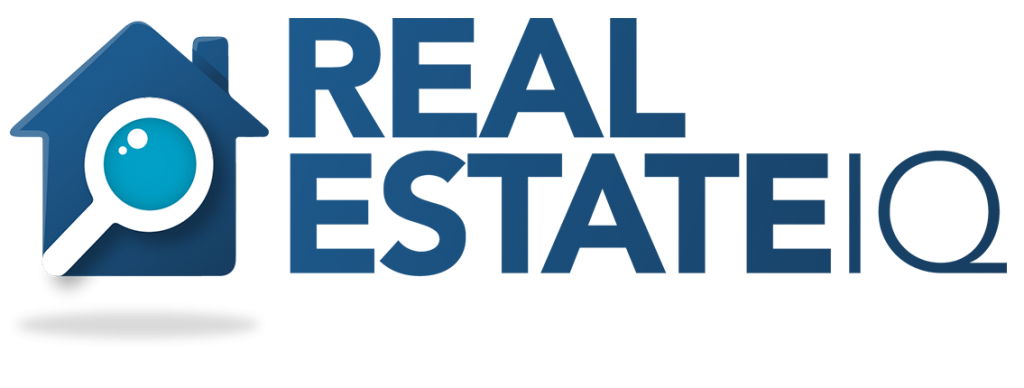If you’re in the business of buying and selling, it’s quite possible that you are already familiarized with the term foreclosure. However, you might have doubts about how it works, its extent, how it differs from pre-foreclosure, and also what’s happening with it during the Covid-19 crisis. That’s what we’re here for! Join us to answer all these questions, and remember: you can check our glossary by clicking here!
Foreclosure is a legal process by which a lender attempts to recover the balance of a loan from a borrower who has stopped making payments. For this to happen, the lender has to take ownership of the property and sell it. Of course, it’s not triggered right away: both parties usually try to work things out to prevent this outcome. Though the timeline varies by state, the average number of days for the whole process in the fourth quarter of 2020 is 857 -a 3% increase from the previous quarter and from a year ago-, according to the U.S. Foreclosure Market Report from ATTOM Data Solutions.
Foreclosure or pre-foreclosure?
Since foreclosure is a process, its first stage is known as pre-foreclosure. It includes notification letters for the borrowers to let them know they skipped payments. Because we’re beginning, lenders are generally open to renegotiate the debt and allow the borrower to solve this situation. However, it doesn’t mean that the process won’t move forward or that the property won’t be sold to repay lenders. Sometimes, owners opt to sell to avoid the damage that a foreclosure can do on their credit history (it stays on the credit report for seven years since the first missed payment date).
How foreclosures work
It all starts when borrowers fall behind on their mortgage payments. This can happen for numerous reasons, such as unemployment, bankruptcy, divorce, or medical challenges. The problem is that borrowers accepted a compromise to repay their lenders a certain amount of money in a determined period. And, in case things don’t go according to plan, mortgages give lenders a lien –more on that here– to recover their investment by selling the property.
The first step is to send homeowners a missed payment notice. When this happens depends on the state, but it generally begins after the first missed payment. If there’s a second one, the lender can send a demand letter. Up to this point, there’s a chance to reach an agreement with the lenders to solve the debt.
But if 90 days pass after the last payment, lenders will send a notice of default, and the reinstatement period begins. This means that the borrowers have another 90 days to catch up, but after this period, the foreclosure starts.
As we said before, this is a general step-by-step, but the actual proceedings and periods depend on each state’s laws. 22 states (Florida included) have a judicial foreclosure, which means that the court must grant permission to foreclose. While the other 28 states (Texas included) go by the power of sale (or nonjudicial foreclosure). It is a faster method that typically doesn’t require the supervision of a court.
Pros and cons of buying a house in foreclosure
You might have seen a foreclosed or pre-foreclosed property on an off market leads list and wondered if it was an opportunity or if it was best to pass. The best advantage to keep in mind is that sometimes it means that the house is below the market value. Nevertheless, the cons should be taken into consideration to conclude whether to purchase the property.
Among the most common cons are:
- Properties can lack maintenance and require some repairs, and that means money.
- Sellers might not be willing or capable of doing said repairs.
- If you want to buy a foreclosed property in an auction, you’ll need cash to do so.
- If the borrower (and homeowner) isn’t involved in the transaction, it might be hard to know the property condition in advance (i.e., which repairs have already been made).
- Because you’re usually buying from a bank, the transaction can last longer than a regular sale.
Foreclosures and Covid-19
With the Covid-19 pandemic, the whole economy was challenged. Due to the Coronavirus Aid, Relief, and Economic Security Act (CARES), signed by U.S. President Trump on March 27, 2020, all government-backed mortgages entered a moratorium.
According to a statement from the Consumer Financial Protection Bureau (CFPB), more than 3 million households nationwide are behind on their mortgage payments, and nearly 1.7 million will run out of their forbearance periods in September. What is more, the number of homeowners behind on their mortgage has doubled since the beginning of the pandemic (6% of mortgages were delinquent as of December 2020). And they are more than at any time since 2010.
For that reason, the CFPB proposed to establish “a special pre-foreclosure review period that would generally prohibit servicers from starting foreclosure until after December 31, 2021.” This way, borrowers would be able to consider their options. The Bureau also suggested a rule change to allow servicers to extend loan modification offers to borrowers who experienced a Covid-related hardship with less paperwork for both parts. Offers can’t increase the borrower’s monthly payment or extend the loan’s term by more than 40 years from the modification’s effective date.
The foreclosure moratorium is set to expire at the end of June, while the evictions moratorium has just been extended until June 30, 2021.
Disclaimer: The blog articles are intended for educational and informational purposes only. Nothing in the content is designed to be legal or financial advice.
Sources:
- https://www.investopedia.com/terms/f/foreclosure.asp
- https://www.thebalance.com/what-is-a-foreclosure-1798185
- https://www.investopedia.com/terms/p/pre-foreclosure.asp
- https://www.consumerfinance.gov/about-us/newsroom/cfpb-proposes-mortgage-servicing-changes-to-prevent-wave-of-covid-19-foreclosures/



